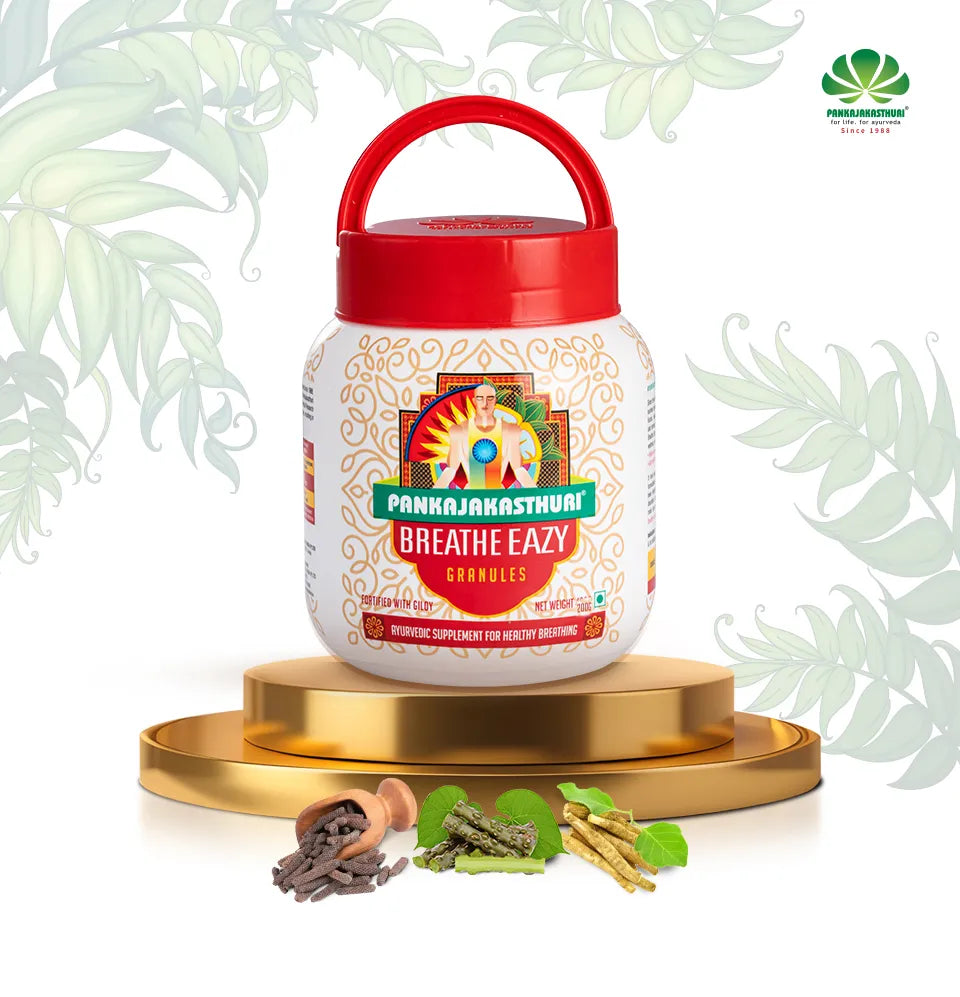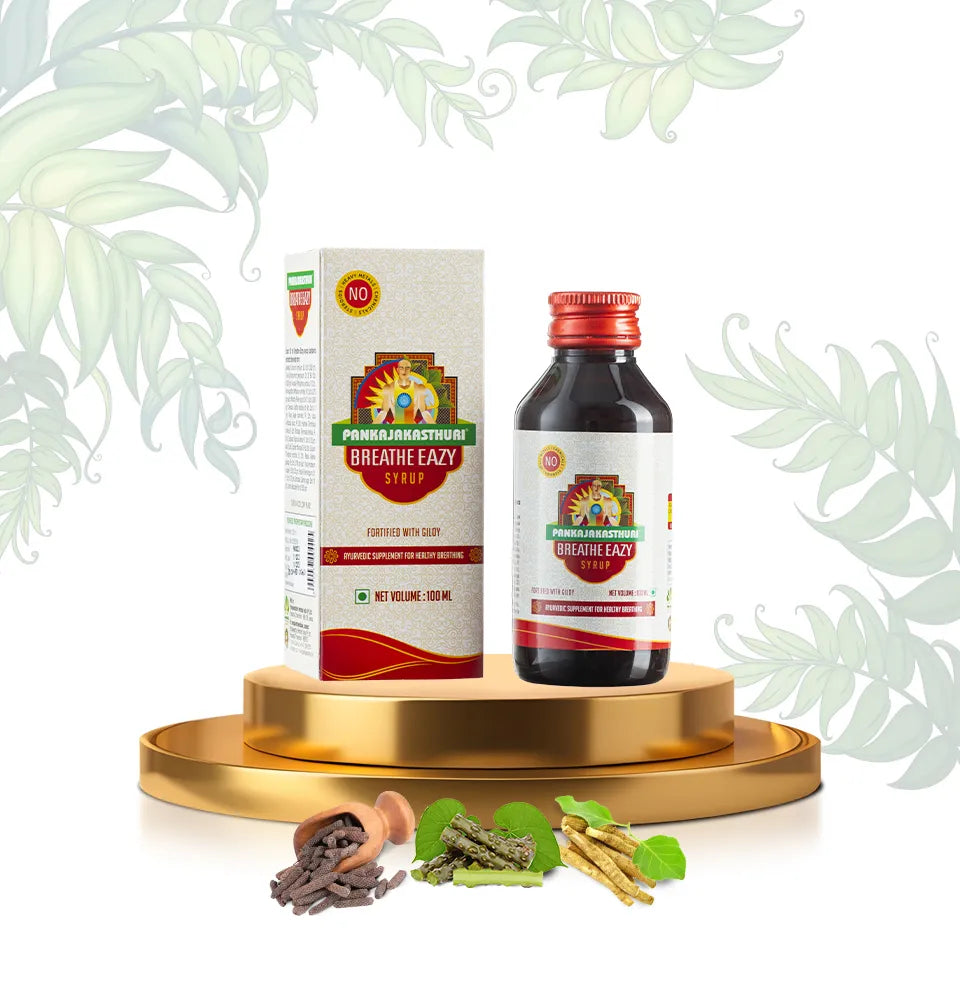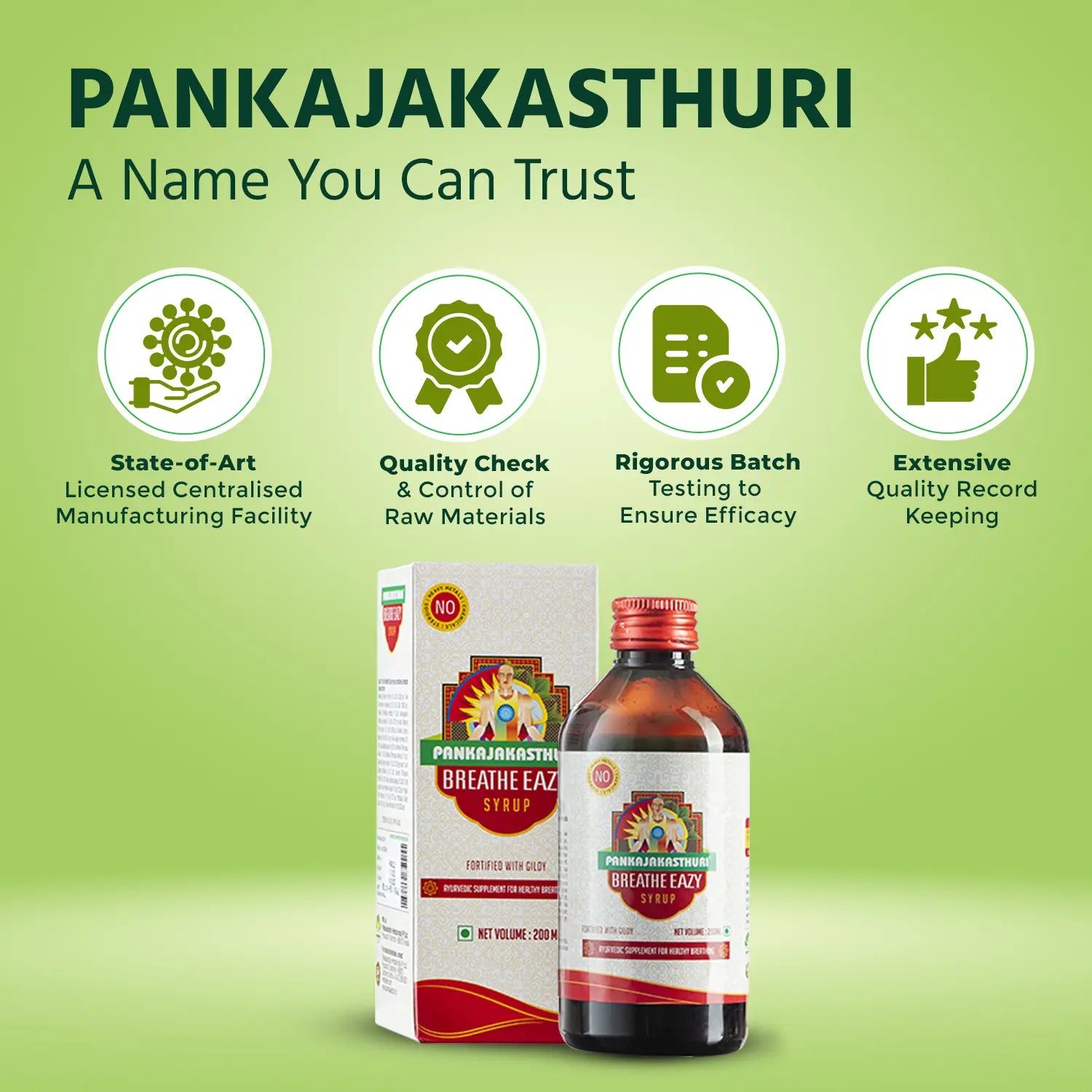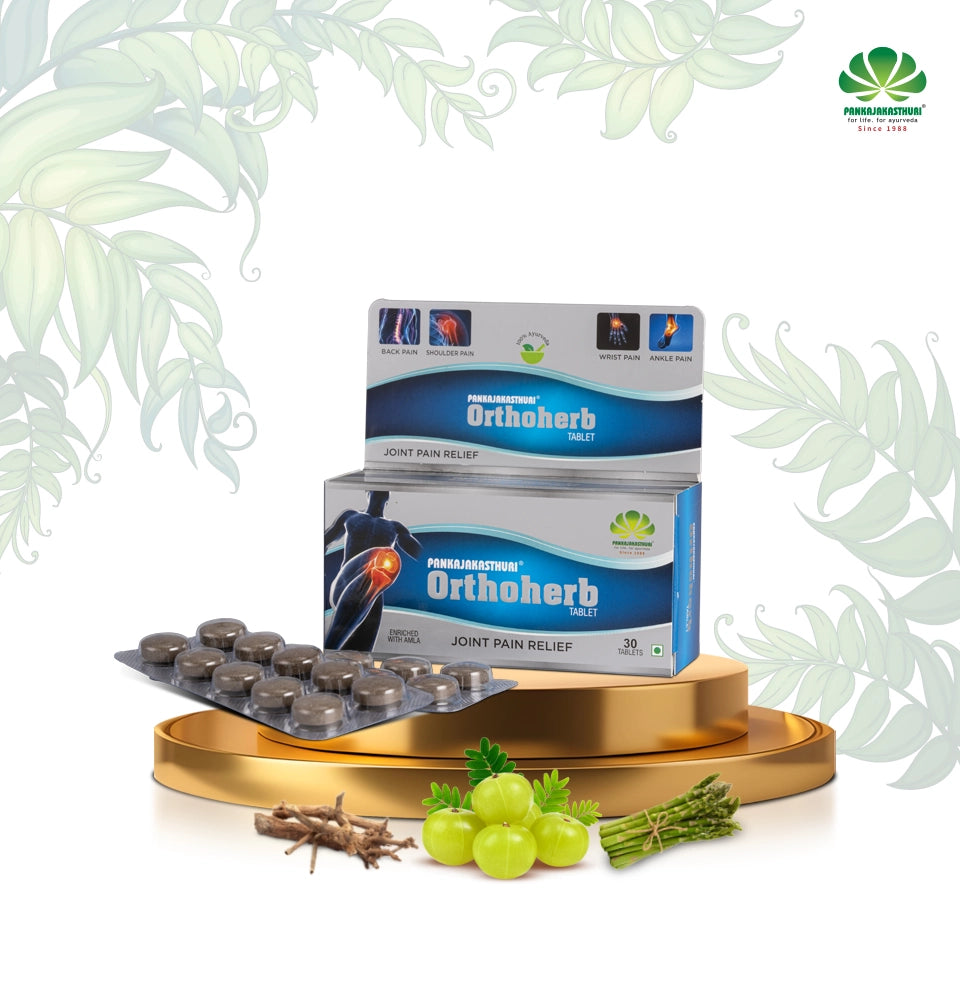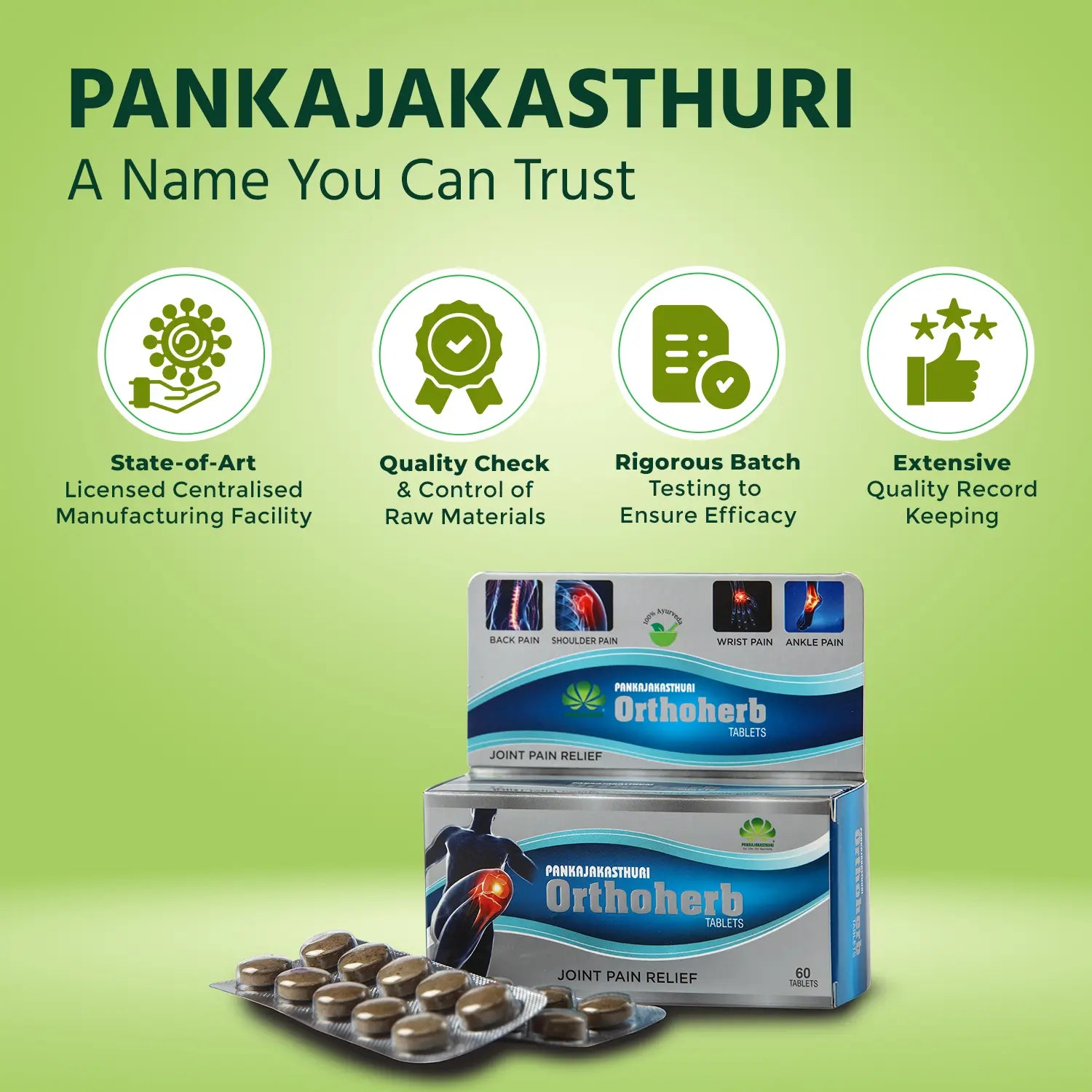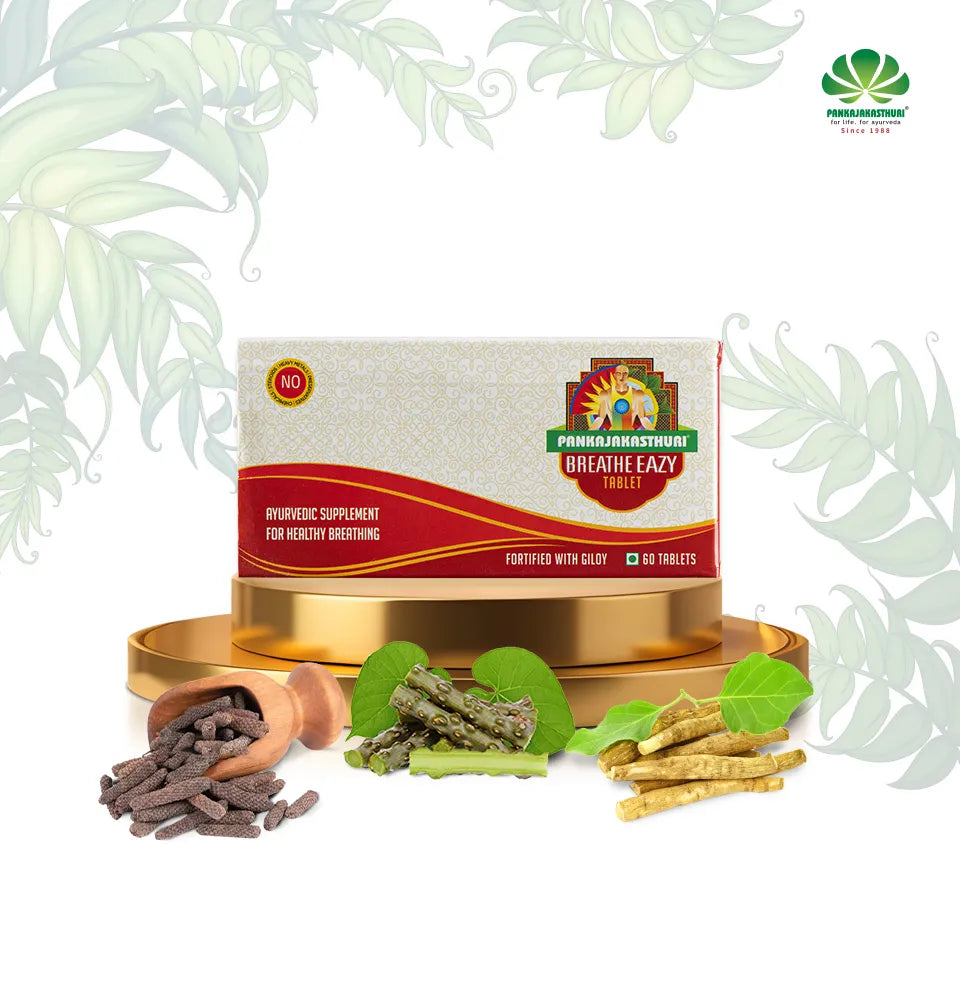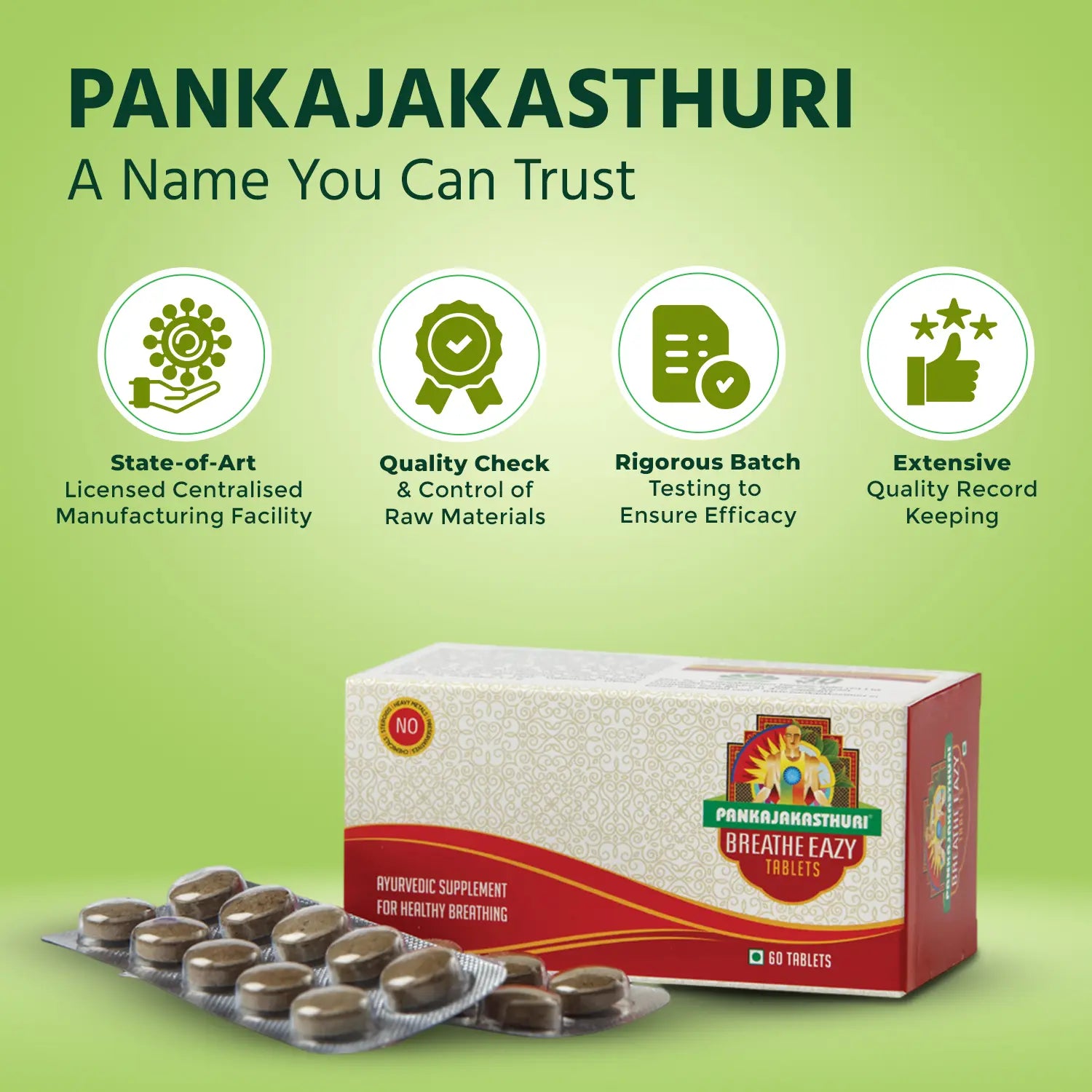Gout, a type of arthritis, is caused when you have an excess of uric acid in your bloodstream. Joints in the toe, foot, knee, ankle, hands, and wrists are mainly affected by this condition. Over here we discuss important facts about Gout, to help you stay informed about the disease.
Symptoms
- Acute cases of Gout are characterized by pain, tenderness, and swelling in the affected joint.
- The big toe is the most common site for a Gout attack. However, the condition also affects the joints in the other parts of your
body. Sometimes, the pain is so intense that even if a mild touch to the affected area results in severe pain.
- The Gout attack usually subsides in a few hours or days. In very rare cases the attack can last for several weeks.
- As Gout progresses, you will experience limited motion. You will face difficulty in moving your joints normally.
Risk Factors
Unhealthy lifestyle is one of the main risk factors for Gout. Issues such as obesity, alcohol abuse, high blood pressure, and abnormal kidney functions are common risk factors that cause Gout.
- The Uric acid levels can also go up due to side effects of certain drugs. Also, hypothyroidism (abnormally low levels of Thyroid hormone) is also one of the reasons behind the onset of Gout in some people.
- Certain medical conditions can also increase your risk of developing Gout. For instance, if you have diabetes, heart and kidney diseases, you are at risk of getting this condition.
- Taking certain medicines such as Thiazide Diuretics (used for treating hypertension), and aspirin also increase the levels of Uric acid.
Diagnosing Gout
- Your doctors can alsosuspect you are suffering from gout, in case you have a history of painful arthritis in areas such as ankles, toes and knees.
- Apart from blood tests doctors perform joint fluid analysis to determine the presence of uric acid.
- In some patients doctors perform joint aspiration where they draw joint fluid from theaffected area for detecting uric acid crystals when blood reports fail to give a diagnosis.
Preventing Gout
- Change your diet. This is the most important step in preventing Gout. Minimize purine-rich food items such as liver, sweetbread, chicken, some fishes (Sardine, herring, codfish, mackerel, tuna, and halibut); ham, mussels, venison, lamb, lobster, turkey, and mushrooms.
- Consuming dairy products reduce the risk of Gout.
- Lose excessive weight. This is an important part of managing Gout and is helpful in lowering the risk of recurring attacks of gout. It helps lower the excessive levels of Uric acid in the blood and also lowers the risk of heart disease.
Ayurvedic Perspective of Gout
In Ayurveda, Gout is known as Vatarakta. The term is made of two words- Vata and Rakta. The imbalance in your Vata Dosha affects your Rakta Dhatu (blood tissues).
Types of Gout or Vatarakta
Ayurveda describes two types of Gout on the basis of their location:
-
Uttana Vatarakta
This affects the superficial tissues (muscles and skin). The symptoms of this type of Gout or Vatarakta are limited to the skin. The symptoms usually appear like a skin disease along with pain in the muscle.
-
Gambhira Vatarakta
This type of Gout affects internal viscera, joints, bones, and blood. This is a systematic illness and thus, the symptoms are a bit complex. This condition appears more like a joint disease.
Food Habits for Vatarakta Patients
Ayurveda suggests a particular Pathya for patients suffering from Vatarakta. You have to limit meat and poultry, eat complex carbohydrates, drink plenty of water, eat cereals such as wheat, old barley, and leafy vegetables, milk of buffalo, cow or goat etc.
What to Avoid?
There are certain things that you should avoid doing if you have Gout. This includes excessive sleep and heat exposure, excessive exercise; too much intake of saline, pungent, sour, and hot food. Also avoid Ushna Veerya food items such as radish, alcohol, sesamum oil, jackfruit, brinjal, peas, and curd.
Although gout can be easily managed with the available Ayurvedic treatment, learning more about it is helpful.
Buy Herbal Medicine online
Along with Ayurvedic therapy and lifestyle changes, taking Ayurvedic concoctions help relieve the pain caused by Gout. At Pankajakasthuri, we have developed Ayurvedic products for providing quick and lasting relief. Visit http://www.pankajakasthuri.in/ to explore our products for treating Gout.








